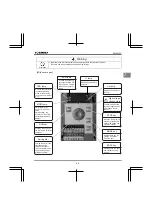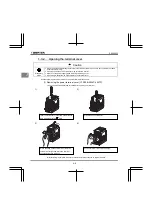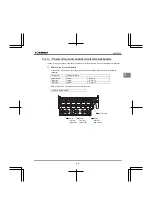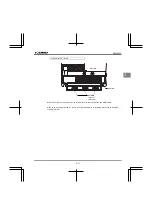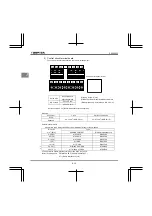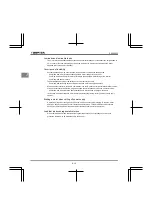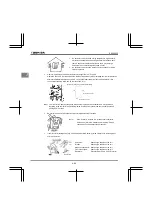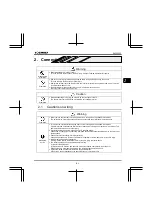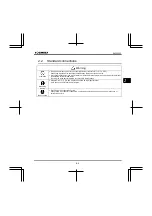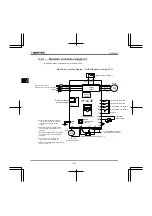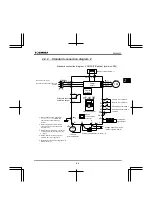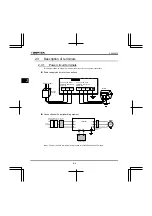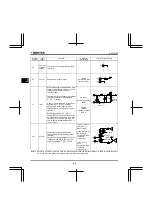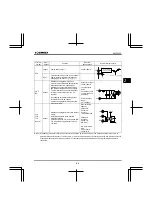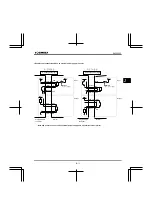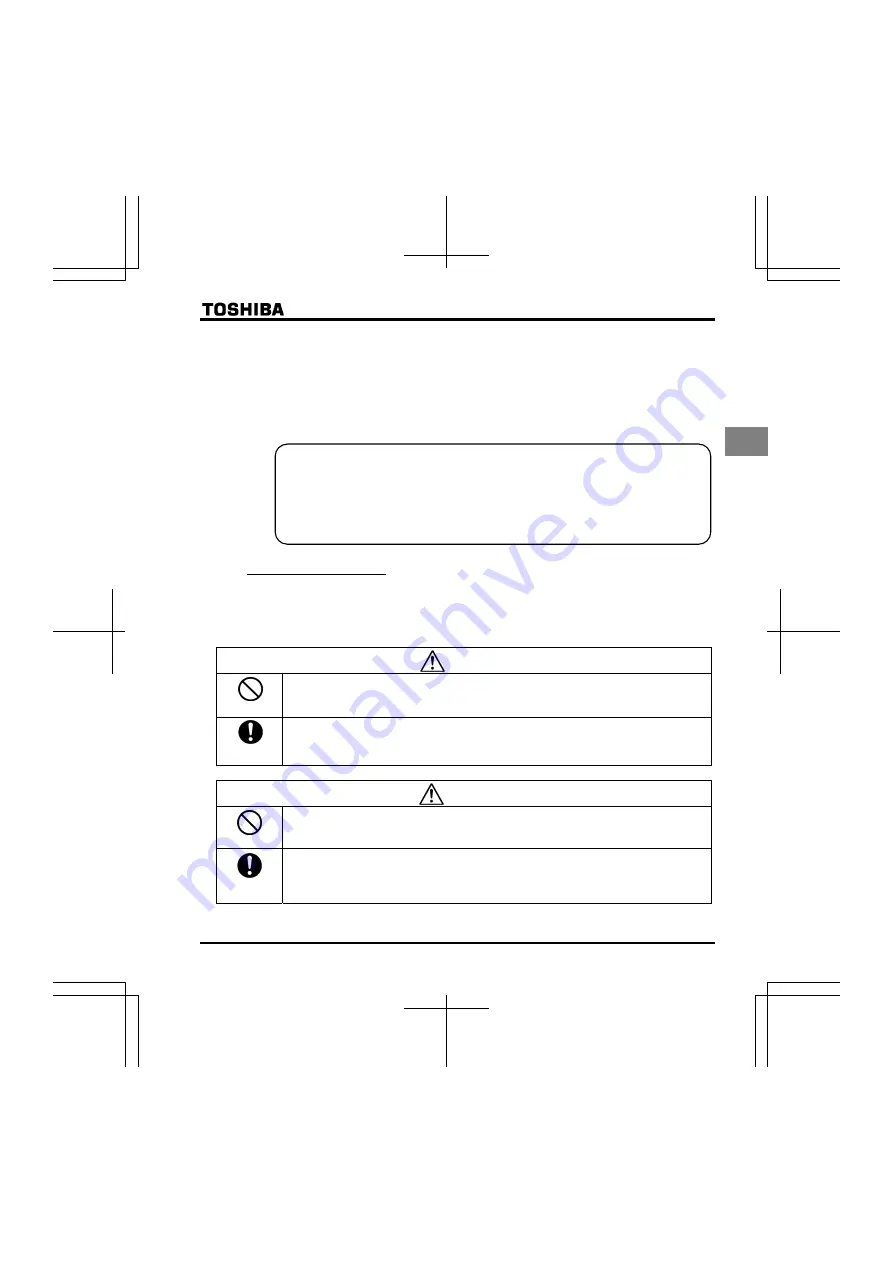
E6582233
A-19
1
(2) CT
and
ammeter
If a CT and ammeter are connected externally to detect inverter output current, the leak current's high
frequency component may destroy the ammeter. If the wires are ling (50 meters or more), or in case of
models with motors of low rated current (several A (ampere) or less), the high frequency component of
leakage current may pass through the externally connected CT and it may burn the ammeter connected
CT, because the ratio of leakage current against the motor's rated current will increase.
Remedies:
1.Use a meter output terminal in the inverter control circuit.
The load current can be output on the meter output terminal (FM). If the meter is connected, use an
ammeter of 1mAdc full scale or a voltmeter of 10V full scale.
0-20mAdc (4-20mAdc) can be also output. (Refer to section 3.3)
2.Use the monitor functions built into the inverter.
Use the monitor functions on the panel built into the inverter to check current values. (Refer to
section 8.2.1)
1.4.4 Installation
Installation environment
This inverter is an electronic control instrument. Take full consideration to installing it in the proper operating
environment.
Warning
Prohibited
Do not place any inflammable substances near the inverter.
If an accident occurs in which flame is emitted, this could lead to fire.
Do not install in any location where the inverter could come into contact with water or other fluids.
This can result in electric shock or fire.
Mandatory
action
Operate under the environmental conditions prescribed in the instruction manual.
Operations under any other conditions may result in malfunction.
Caution
Prohibited
Do not install the inverter in any location subject to large amounts of vibration.
This could cause the unit to fall, resulting in bodily injury.
Mandatory
action
Check to make sure that the input power voltage is +10%, -15% of the rated power voltage written on
the rating label (
10% when the load is 100% in continuous operation) If the input power voltage is not
+10%, -15% of the rated power voltage (
10% when the load is 100% in continuous operation) this
may result in fire.

